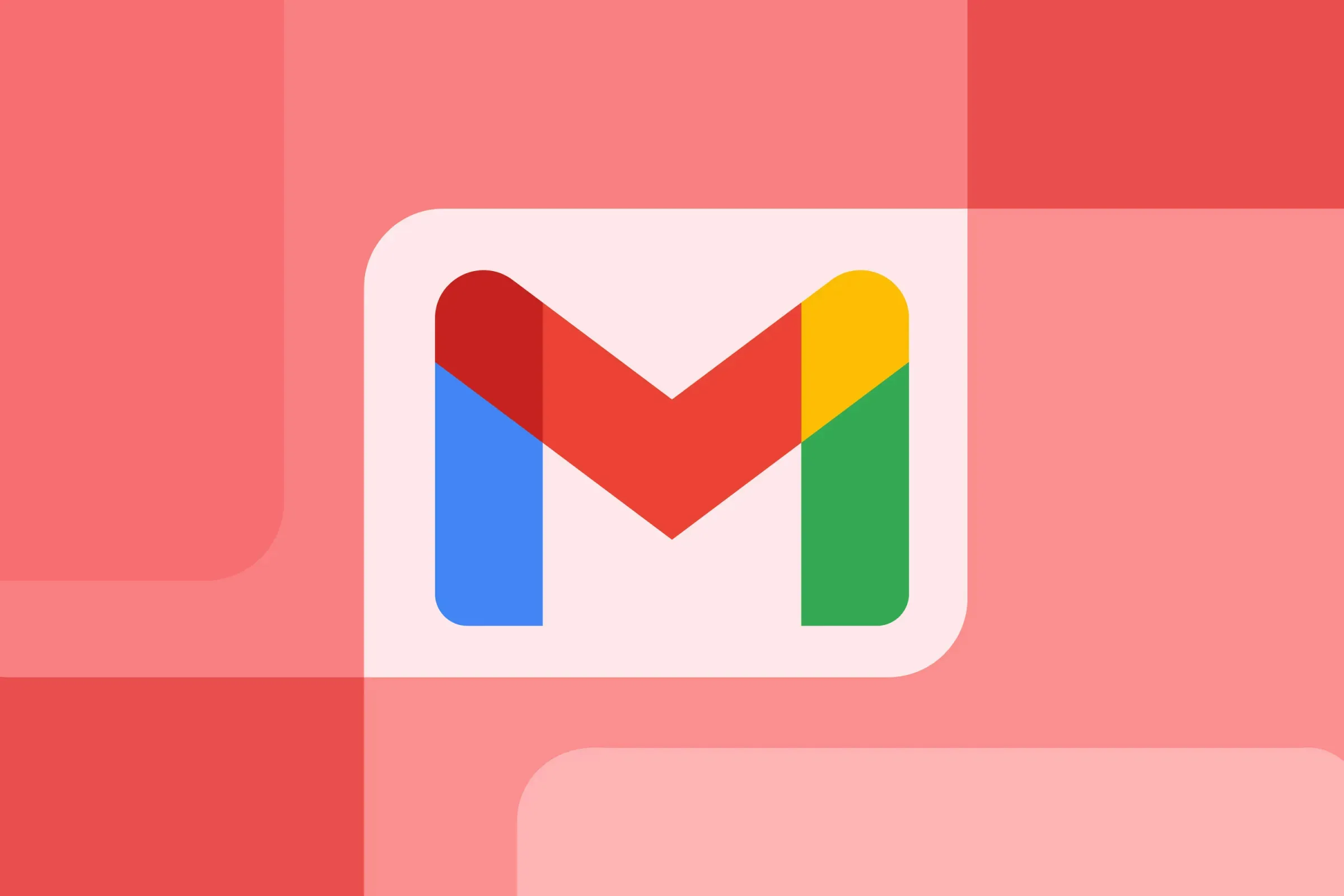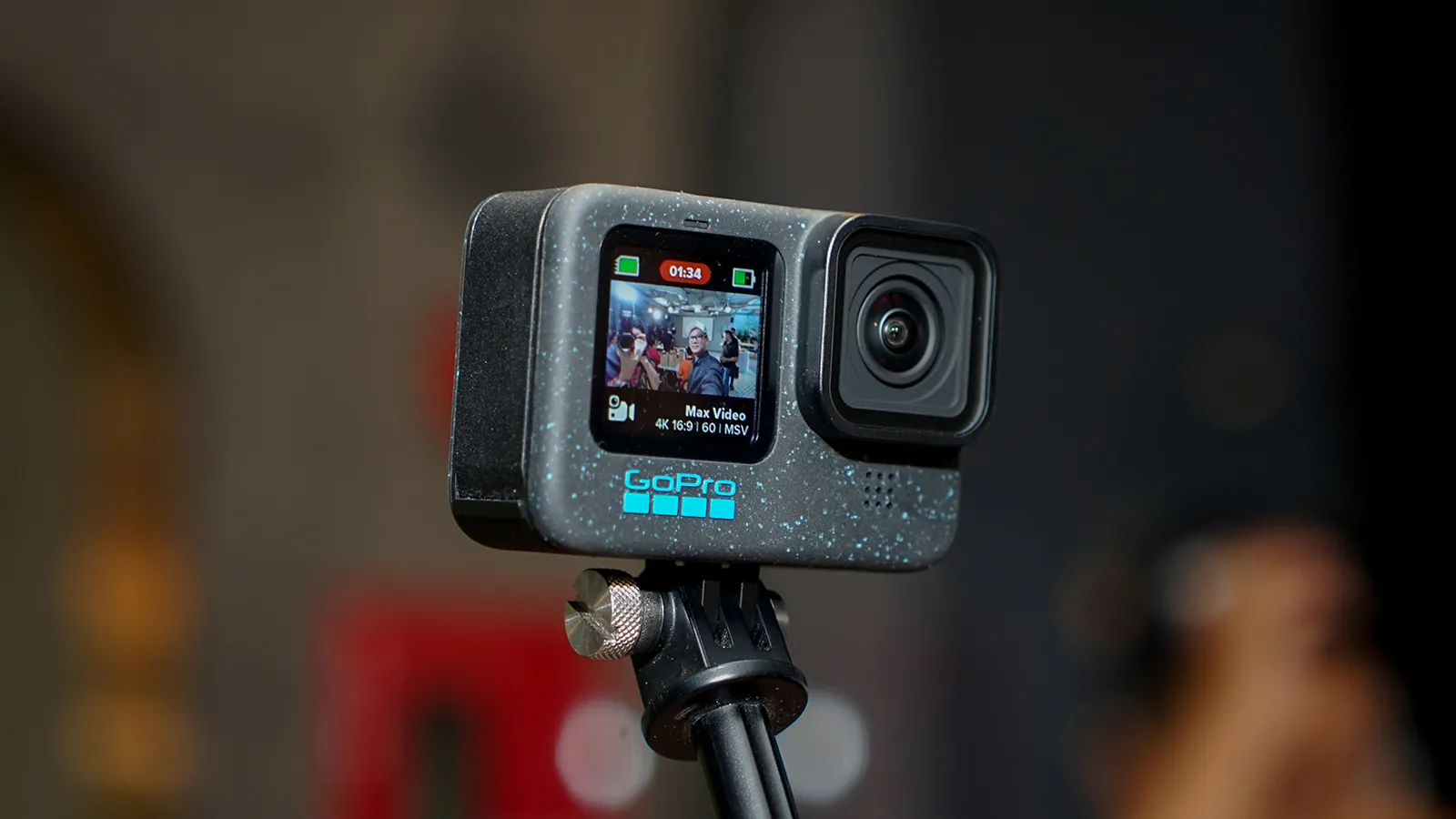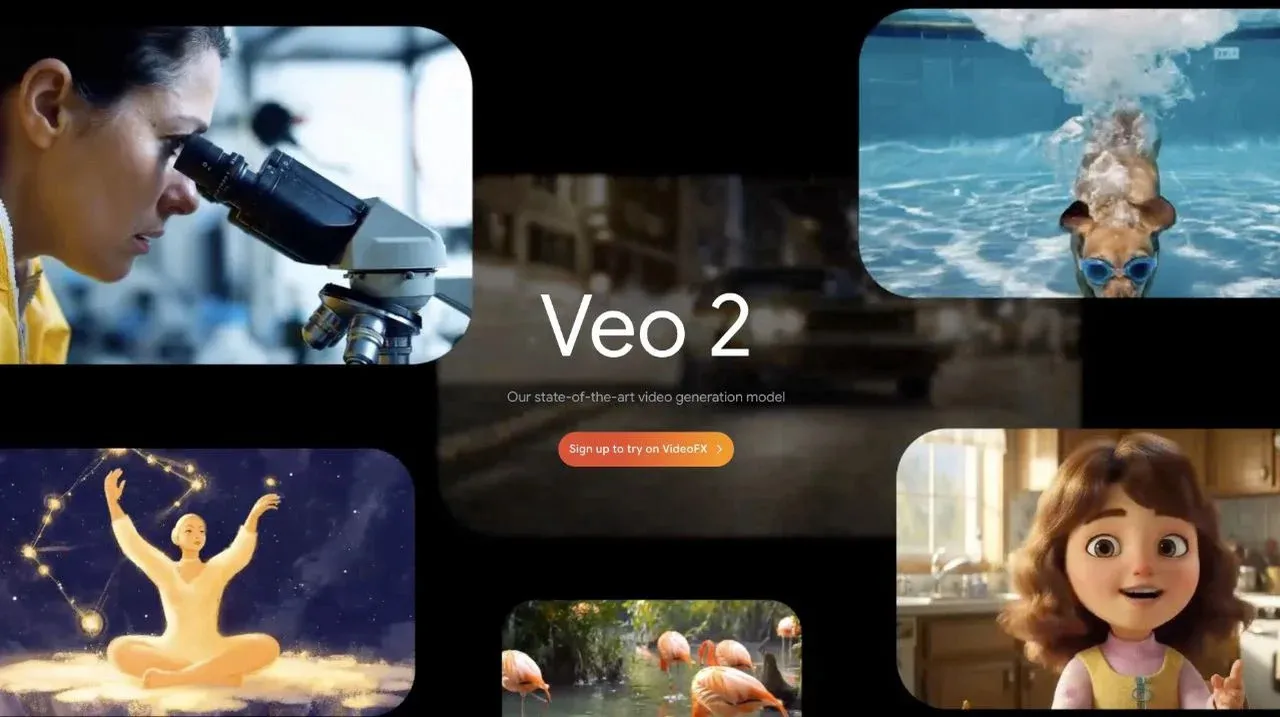In today’s digital-first world, live streaming has become an essential way for people to connect, share experiences, and communicate in real time. Before platforms like TikTok Live, Instagram Live, and Facebook Live became household names, there was the Periscope app—a groundbreaking platform that introduced millions of users to the idea of instant live broadcasting.
But what is Periscope app, and why was it so important in shaping the way we consume and share live content today? In this detailed guide, we’ll explore the history, features, rise, and eventual shutdown of the Periscope app while examining its lasting impact on the live streaming industry.
What is Periscope App?
The Periscope app was a live video streaming application launched in 2015. Developed by Kayvon Beykpour and Joe Bernstein, the app allowed users to broadcast live video to a global audience directly from their smartphones. Viewers could comment in real-time, send “hearts” as a form of appreciation, and engage directly with streamers.
Periscope was quickly acquired by Twitter, even before its official launch, making it the social media giant’s flagship tool for real-time live streaming. At its peak, it was one of the most talked-about apps, earning recognition as Apple’s “App of the Year” in 2015.

Key Features of the Periscope App
What made Periscope stand out in the competitive app market was its simplicity and interactivity. Some of its core features included:
Real-Time Broadcasting
Users could start a live stream at the tap of a button, instantly sharing moments with people worldwide.
Audience Engagement
Viewers could interact with the broadcaster through live comments, giving feedback or asking questions in real time.
Hearts and Popularity Ranking
Unlike a simple “like” button, Periscope allowed viewers to send hearts, with more hearts boosting the visibility of the broadcast.
Replay Option
Missed a live broadcast? Periscope offered a replay feature so audiences could catch up later, though videos were initially only available for 24 hours.
Integration with Twitter
Since it was owned by Twitter, the Periscope app made it seamless for users to share live streams with their followers on the platform, boosting visibility and engagement.
The Rise of the Periscope App
The app launched at a time when people were craving more authentic and real-time social experiences. By 2016, millions of broadcasts were happening daily, and Periscope had become synonymous with live streaming.
High-profile events such as political rallies, sports games, celebrity Q&A sessions, and breaking news moments were frequently live-streamed on Periscope. The app played a crucial role in democratizing media, giving everyday users the power to broadcast live to a global audience.

Why Did Periscope Shut Down?
Despite its success, Periscope faced challenges. By the late 2010s, other social platforms began rolling out their own live streaming features. Facebook Live, Instagram Live, and YouTube Live all became dominant competitors.
Twitter announced in December 2020 that Periscope would officially shut down in March 2021. The reasons included:
-
Declining usage: User numbers had dropped as competitors grew stronger.
-
Maintenance costs: Keeping the app updated became financially unsustainable.
-
Integration with Twitter: Twitter decided to fold live streaming into its core platform rather than maintain a separate app.
The Legacy of the Periscope App
While Periscope may no longer exist as a standalone app, its impact is undeniable. It pioneered features that are now standard across live streaming platforms, including:
-
Instant broadcasting with one tap.
-
Real-time audience engagement through comments.
-
Reactions (hearts, likes, emojis) as audience feedback.
-
Replay functions for missed live streams.
Today, Twitter Live (formerly Periscope), Facebook Live, TikTok Live, and Instagram Live all owe a debt to the innovations that Periscope brought to the table.
Alternatives to the Periscope App
With the app discontinued, many users turned to other platforms. Some popular Periscope alternatives include:
Twitter Live
Since Periscope was merged into Twitter, users can now go live directly on Twitter without needing a separate app.
Instagram Live
Instagram offers a highly engaging live feature with direct audience interaction, perfect for influencers and brands.
Facebook Live
Facebook Live is widely used for events, announcements, and community engagement.
YouTube Live
For creators with a focus on long-form content, YouTube Live remains one of the best options.
TikTok Live
TikTok’s live streaming option has exploded in popularity, especially among younger audiences.

Lessons from Periscope’s Success and Decline
The story of Periscope provides valuable lessons about innovation and competition in the tech world:
-
First-mover advantage matters – Being the first to popularize live streaming gave Periscope massive recognition.
-
Innovation must continue – Without adapting quickly to competitors, the app struggled to keep users engaged.
-
Integration is key – Platforms like Instagram and Facebook integrated live features into already successful apps, making it easier for users to adopt.
-
Community drives success – Periscope thrived because of its interactive nature, something that modern apps continue to refine.
Is There Still a Future for the Periscope Brand?
While the original Periscope app is gone, Twitter continues to offer live streaming features. There’s always speculation that the Periscope brand could make a comeback in a new form, but for now, its influence lives on through the platforms it inspired.
So, what is Periscope app? It was much more than just a live streaming platform—it was a cultural shift that changed how people consumed media in real time. From political events to personal vlogs, Periscope empowered individuals to become broadcasters, shaping the future of live digital interaction.
Though the Periscope app has been discontinued, its DNA exists in nearly every live streaming tool we use today. For anyone exploring the history of digital media, Periscope remains a landmark innovation that paved the way for the social live streaming culture we now take for granted.



-1712910159-q80.webp)

